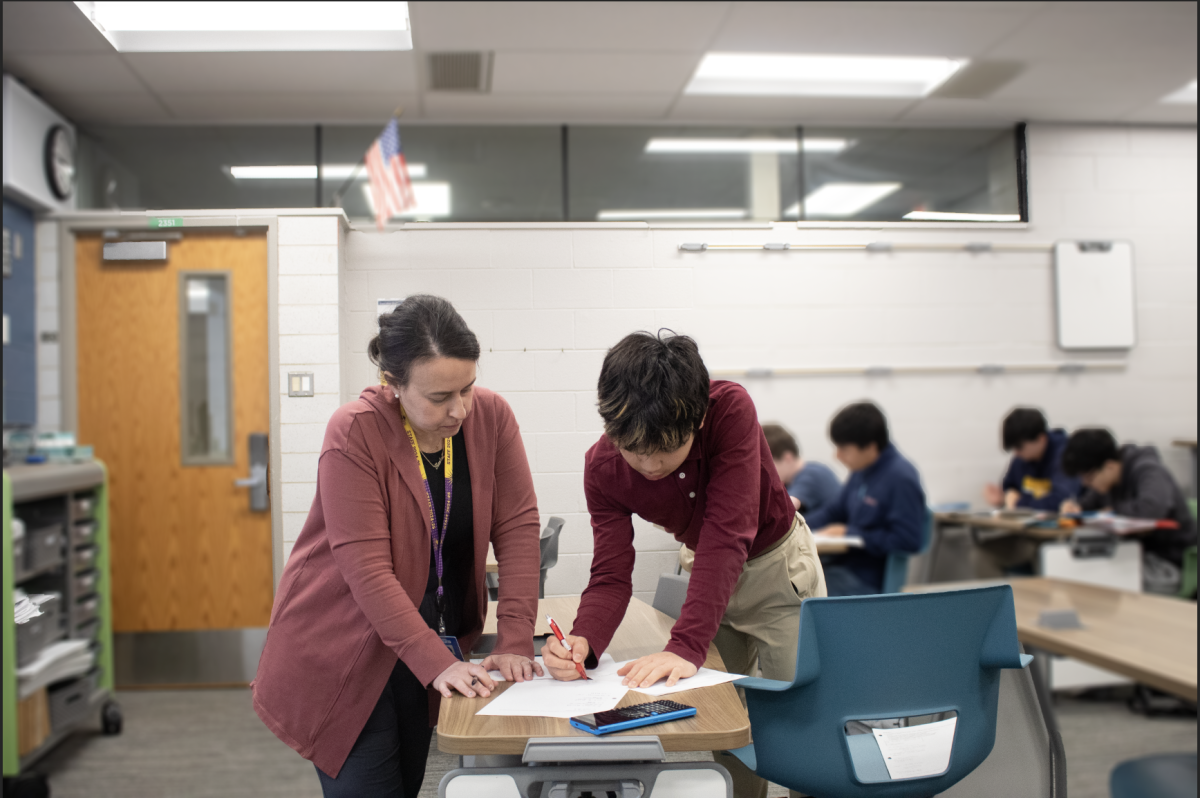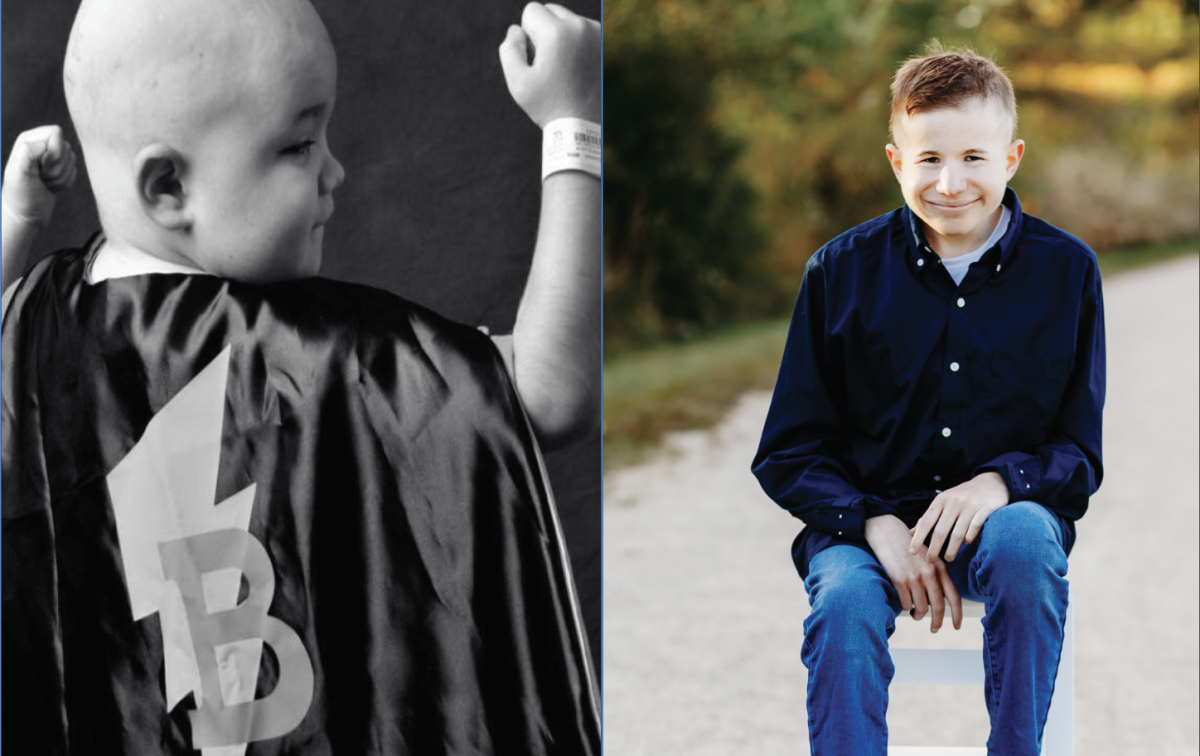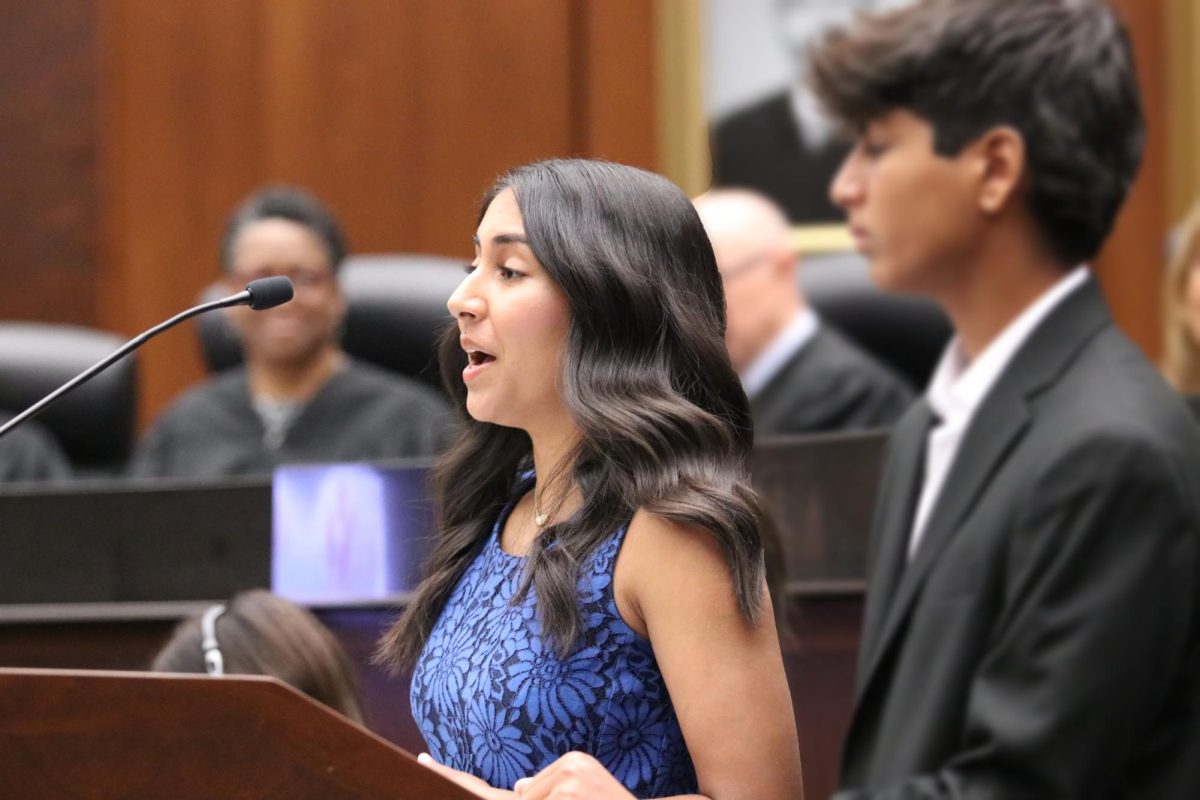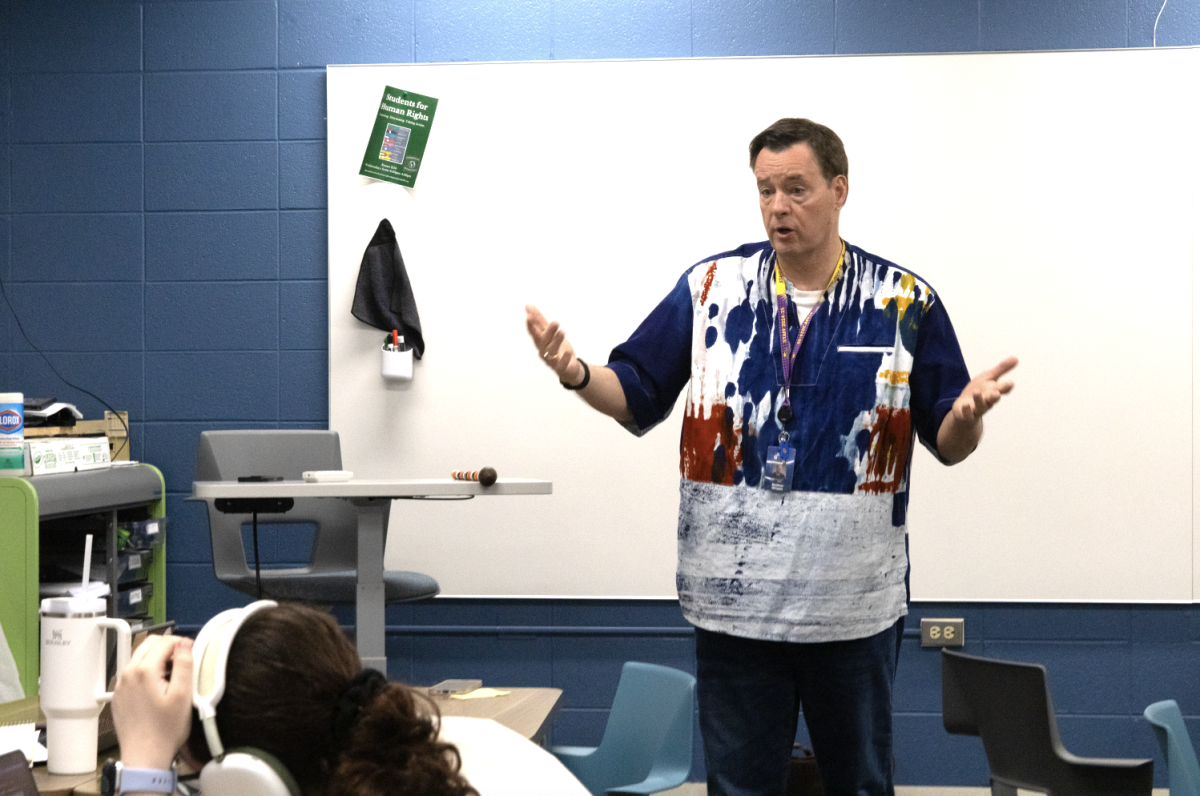On a crisp, late-arrival morning, senior Violet Frick embarked on the familiar drive to school. The sun began peaking out of clouds as she drove down East Lake Avenue, the road winded through the sun’s rays. Suddenly, around a bend, a line of stationary cars revealed themselves to Frick.
With a jolt, the student in front of Frick slammed on the brakes and Frick instinctively did the same. Just as relief began to wash over her, her world lurched forward. Her head snapped back and forth, meeting the unforgiving smack of the headrest. The car behind her, driven by another South student, failed to halt in time. Frick’s car was caught in a violent sandwich between two masses of metal.
Motor vehicle crashes are the number one cause of death for people ages 13-19, according to The Centers for Disease Control and Prevention. There are many risk factors that increase the danger for teen drivers: speeding, night time driving, other passengers (especially teens) in the car, and summer time, the American Automobile Association (AAA) said.
As the aftermath of the accident unfolded, a month of car repairs took a stressful toll on Frick. Suddenly, driving, something she had done daily for years, came with newfound anxiety, she explained.
Driver Education Teacher Michael Vodicka has taught driving for 24 years at South. He expressed empathy for teenagers who experience accidents, having gone through one himself in the past.
“Images of my accident would pop up for months after my accident,” Vodicka said. “I definitely [empathize to] what it feels like to be in an accident and have anxiety from it.”
This anxiety is common, the AAA affirmed. For teenagers injured in accidents, the rate of Post-Traumatic Stress Disorder ranges from 6 to 25 percent. To overcome this driving anxiety, Vodicka advised instead of shying away, to instead face the fear.
“The more you expose yourself to that uncomfortable feeling, the less it’s going to be uncomfortable for you,” Vodicka said.
After driving her mom’s car for the past month, Frick finally felt comfortable behind the wheel. However, transitioning back to her own car brought some unexpected anxiety, Frick expressed. Regardless, she was ready to face the fear, she explained.
“When I got into my car it changed so much [from repairs],” Frick said. “It was really scary driving in my car.”
However, Frick believed some good had come from this incident. She gained driving experience, and adjusted her driving style to anticipate the worst.
“I did become a better driver, creating a lot more space and being more aware that not everyones going to be a good driver,” Frick said.
Frick’s story is one of many told by South students, caught in the chaotic traffic of Lake Avenue. Freshman Lily Fontana has witnessed car accident after car accident on Lake Avenue while driving to school. Observing regular car accidents has given her a scarily realistic anxiety as a new driver, she explained.
“It makes me worried [that] when I’m driving in the future, if there are people not paying attention on the roads, what if I get into an accident?” Fontana said.
In a recount of an experience, freshman Emily Macpherson shared a memory that has shaped her view on the danger of cars. Explaining a haunting moment while in Evanston, Macpherson witnessed an incident when she was just ten-years-old.
“I was standing at the crosswalk,” Macpherson began. “A man was crossing it, and right as I was about to cross, a car came and hit him and ran. I was frozen, not knowing what to do. I ran and got my mom. He wasn’t pronounced dead until at the hospital, but when I came back, he was.”
Although Macpherson went through years of therapy, witnessing that event has significantly affected her as she now starts Driver Education.
“I’m terrified to get behind the wheel,” Macpherson said. “I can’t do it. My biggest fear now is cars.”
It is crucial to always be cautious as a pedestrian and driver, Macpherson reinforced. Although we use cars daily, we cannot forget how dangerous they can be, she elaborated.
“Drive safely,” Macpherson said.“ I can’t imagine that happening to somebody I love. I didn’t know at the time, but it ended up being my friend’s grandpa. Seeing his wake and everything, it was terrifying.”
While teaching class, Vodicka highlights driving habits that produce safe drivers such as constantly scanning and looking far ahead.
“We try to teach are search patterns; knowing what might happen before it happens and being prepared for it,” Vodicka said.
Frick and Macpherson both emphasized driving carefully, especially to South students. Frick believes students often care more about being late to class, than their reckless driving, she explained.
“There are many times where I’m running late to school, so I’m trying to book it,” Frick said. “But, sometimes we need to realize that our lives are more important than being five minutes late to class.”







